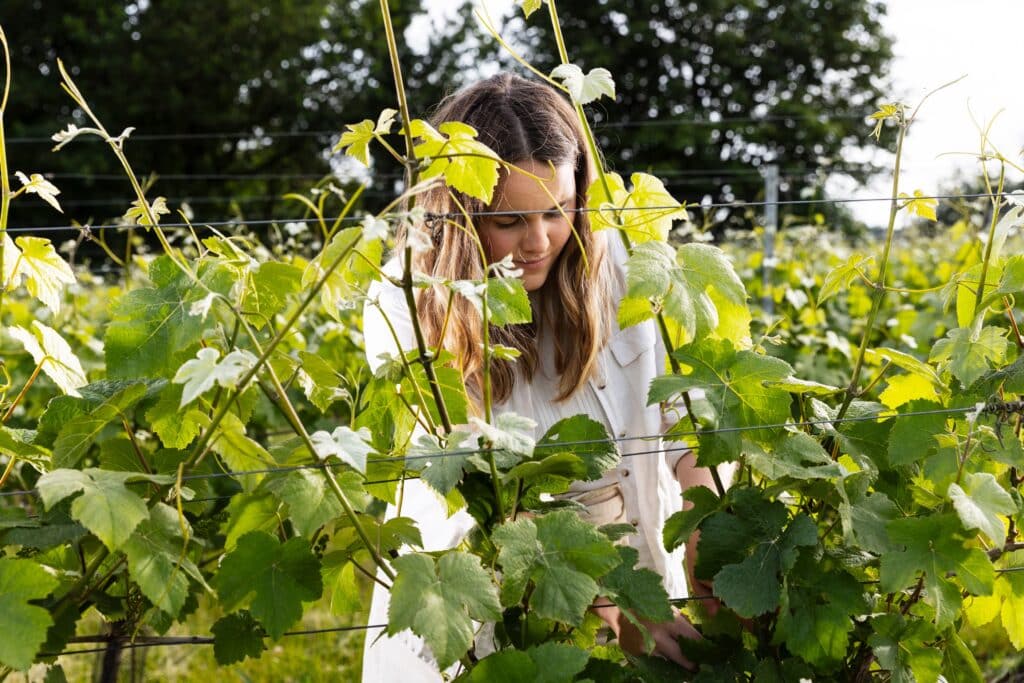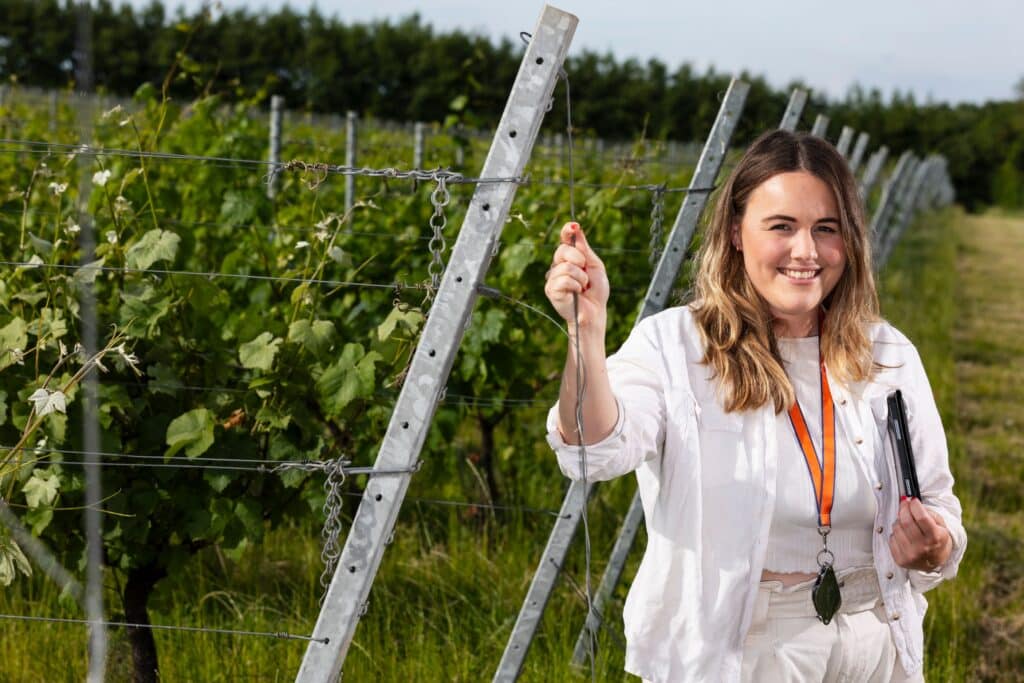Five steps towards a regenerative approach – Vineyard
As interest in regenerative viticulture continues to grow, Hutchinsons agronomist Megan Fitzpatrick highlights some steps growers can take ...
Regenerative viticulture, or agroecology to give it another term, is being increasingly talked about, but the basic principles are nothing new, and often simply reflect good agronomic practice.
Fundamentally, regenerative viticulture views the vineyard as an ecosystem, seeking ways to make it more sustainable through integrated cultural and chemical options, utilising natural processes wherever possible. Soil health, nutrition, disease control, weed management, and biodiversity are all key parts of an interlinked jigsaw. The quieter winter months are an ideal time to start planning any future changes, so here are five areas to focus on.
1. Plan carefully
Changing to a more regenerative system is a long-term process, so ideally you need at least a two to three-year plan in place. Evaluate everything you currently do in terms of vineyard management, the products and inputs used, then identify where changes can be made, discussing options with your agronomist.
2. Focus on soil and nutrition
Protecting and improving soils by building organic matter through reducing soil disturbance, or adding compost or other mulches, increasing soil biology, storing carbon, and improving natural nutrient cycling, is fundamental to the principle of regenerative viticulture.
Get soils tested in early spring to benchmark current condition and highlight any nutrient deficiencies or other issues that need rectifying (e.g. compaction, pH level). Support this with in-season tissue analysis (e.g. leaf petiole at early flowering) to identify what vines are accessing from the soil. TerraMap high definition scanning is particularly useful pre-planting on new sites, as it highlights spatial variations in multiple soil properties.
Some may worry that adding organic matter to soil will encourage vigour and favour vegetative growth over grape quality. While canopies must be managed well, we are only really replacing nutrients taken at harvest, and supplementing nutrient cycling via leaf-fall and annual pruning.
Where prunings and other material are to be used as a compost mulch, material should be pulverised to promote breakdown, or collected and composted away from the vineyard to help minimise disease carryover risk.
Also consider the nutritional products to be used next season and alternatives to traditional fertilisers. Hutchinsons has seen promising results from processed pelleted chicken manure, for example, which offers slow nutrient release and is more suited to building and supporting soil biology rather than rapidly meeting requirements.
When planting new vines, adding mycorrhizal fungi to soil with compost is good practice, given the broad range of benefits offered.
3. Maintain cover
Establishing a diverse multi-species cover crop in alleyways and around the perimeter can bring many benefits to soil and biodiversity. Flowering species, such as phacelia, attract pollinators and other beneficial insects, while the variation of root architecture improves soil structure and natural drainage, aids water holding capacity, and reduces compaction risk on areas exposed to heavy traffic. Maintaining green cover also means plants are photosynthesising and ‘feeding’ soil biology year-round. There are inevitable challenges in the undervine strip, given the benefits of keeping this clear to reduce competition and aid ripening. Some may consider allowing weeds to naturally grow over winter to provide ground cover, however be careful, as weeds will be harder to control with herbicides once they get too large.
4. Weed management
Targeted herbicide use remains important within regenerative viticulture systems, but other forms of weed control should be considered too. Options include, strimming/mowing, mulches (e.g. compost, weed membranes, sheep fleece), or novel non-chemical systems.
Sheep grazing is increasingly popular, but remember, sheep will eat vine leaves, so is only really an option in winter. Some have considered raising fruiting wires beyond the reach of sheep to extend the grazing window.
5. Plan disease controls
Another aim of regenerative viticulture is to reduce reliance on chemical disease control, utilising natural disease management solutions within an integrated programme.
Optimising nutrition to make vines less susceptible to infection and better able to fight it off, effective canopy management to aid airflow and integration of biological and chemical controls, are all part of this.
Many biological controls for Botrytis or mildew control are preventative measures that must be used within a well-planned programme, so if considering biologicals for next year, discuss the options with your agronomist as they work differently.
Amylo-X, for example, is based on a strain of Bacillus bacteria, which produces anti-fungal compounds, and works by inhibiting the development of pathogens on plant surfaces. Procrop ISR in contrast, features a blend of natural ingredients that activate the immune defence system of the plant.

